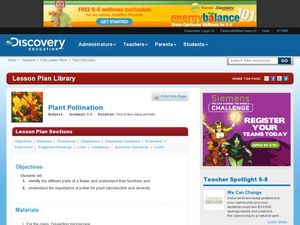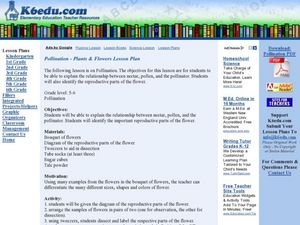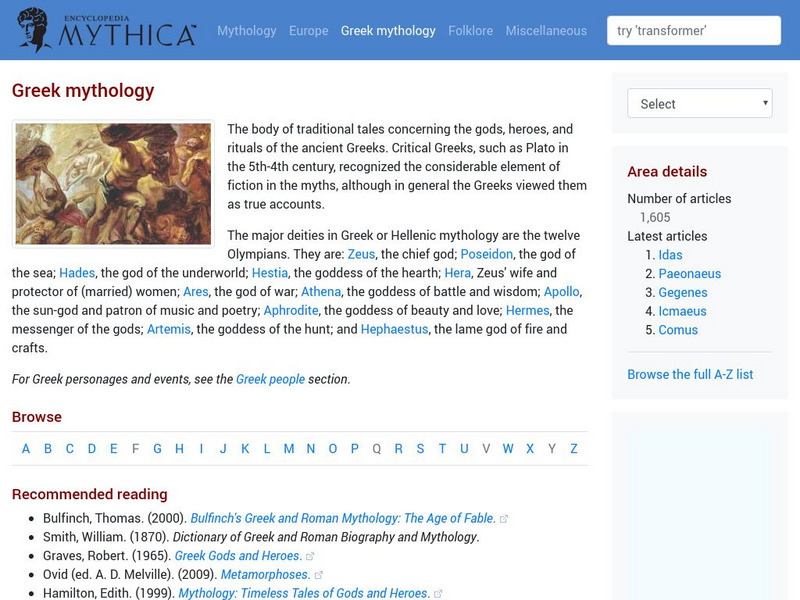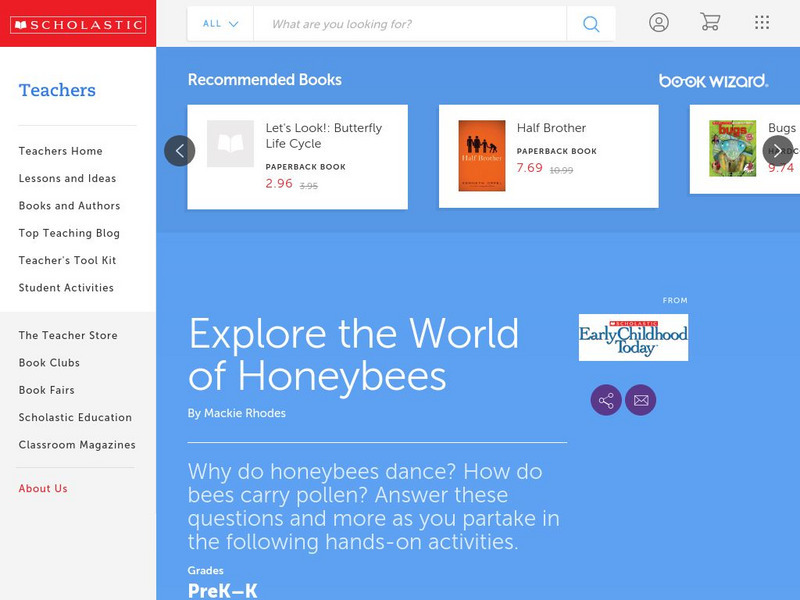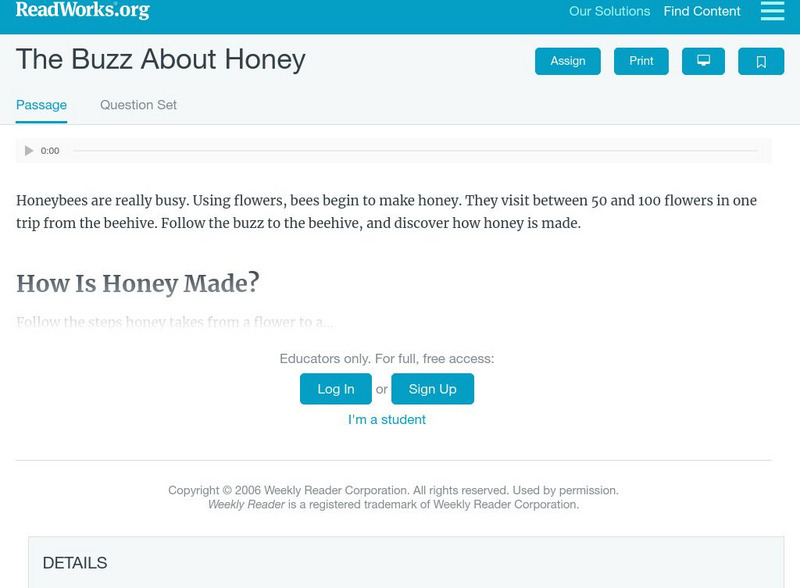Curated OER
Darwin’s Bees
What do you call a bee born in May? A maybe! This first instructional activity in a series of four begins with a starter activity to get scholars thinking about the topic. Then a circus, or circuit of seven activities,...
Cornell University
Insect Anatomy
Young entomologists discover insect anatomy in a very detailed unit plan. Offering background information for teachers about various insects, class members explore the differences between bugs and insects—and yes, there are many...
Cornell University
Beneficial Insects
A lot of people think of insects as pests. But actually, some insects are beneficial because they get rid of pests! After learning about beneficial insects, class members research given insects to find out if they are pests or predators.
Curated OER
The Buzz About Honey
What's the buzz these days? Learn some fun and interesting facts about honeybees with an informational reading passage, including the steps for successful pollination and honey creation.
Curated OER
Earth's Heavenly Treasures: Hummingbirds
Young ornithologists watch an informative video and use the Internet to gather data about the life, size, habitat, and migration of hummingbirds. The interdisciplinary lesson includes activities that target art, science, math, and...
Curated OER
Plant Pollution
Learners study the different parts of a flower and their functions. In this pollination activity students study a flower under a microscope.
Curated OER
Pollination
Students investigate pollination. In this plant biology lesson, students study a diagram of the reproductive parts of the flower and dissect and identify the parts of a real flower.
Curated OER
Pollination-Plants and Flowers Lesson Plan
Learners study the reproductive parts and pollination for a flower. In this pollination lesson plan, students dissect flowers to perform an investigation. Learners also use tube socks to show how pollination works. A diagram is included.
Curated OER
Math Word Problems
For this word problems worksheet, students solve and complete 7 different word problems. First, they determine how long it takes a worker bee to complete a trip from her colony to a pollen and nectar source. Then, students find the...
Curated OER
From Flower to Fruit: Microviewer
For this From Flower to Fruit worksheet, students define several terms as it relates to flower development and the parts. Students describe the process used by bees for pollination of flowers.
Curated OER
BATS: NEED NECTAR, WILL TRAVEL
Students play the role of nectar feeding bats on their annual migration
and try to avoid the different hazards that hinder their progress. They describe the annual migration of long-nosed bats including key elements such as: where the...
Curated OER
What Bees Eat
Students consider the concept that plants and animals are dependent on one another and role-play the interaction between bees and flowers. They identify crops that are dependent on pollination by bees.
Science Buddies
Science Buddies: How Sweet It Is: Hummingbird Food Preferences
Do you like to watch hummingbirds? Have you ever wondered why there is specialty hummingbird food? What is it about the food that makes it so appealing? In this zoology science fair project, you will observe these remarkable creatures...
Other
Tom Moore, Mulrennan Research Center/ Mosquito
The first section describes the general characteristics of the mosquito
Encyclopedia Mythica
Encyclopedia Mythica: Greek Mythology
Encyclopedia Mythica offers a comprehensive resource on Greek mythology. Content includes a look at the principal gods, Zeus's consorts and offspring, the descendants of Prometheus, and much, much more. Click on "browse articles" for a...
Scholastic
Scholastic Instructor: Explore the World of Honeybees
Discover more about bees through this educational resource. This resource features math and science activities, experiments, fun facts, and more.
Read Works
Read Works: The Buzz About Honey
[Free Registration/Login Required] An informational text about honey and how it is made. A question sheet is available to help students build skills in reading comprehension.
PBS
Pbs: Anatomy of a Hive
This is an excellent PBS site that talks about the make up of the beehive and it's inhabitants. Topics such as communication, food, temperature, defense are also visited.
Rutgers University
Rutgers Center for Vector Biology: Mosquito Biology
This page covers the life cycle, habitats and other details about mosquitos.
Mocomi & Anibrain Digital Technologies
Mocomi: How Do Bees Make Honey?
Investigate how honey bees create the magical sweetener. Why are these bees so important to the environment?
Treehut
Suzy's World: Bees
Use this site to find out why bees make honey with this quick fact sheet on bees.







